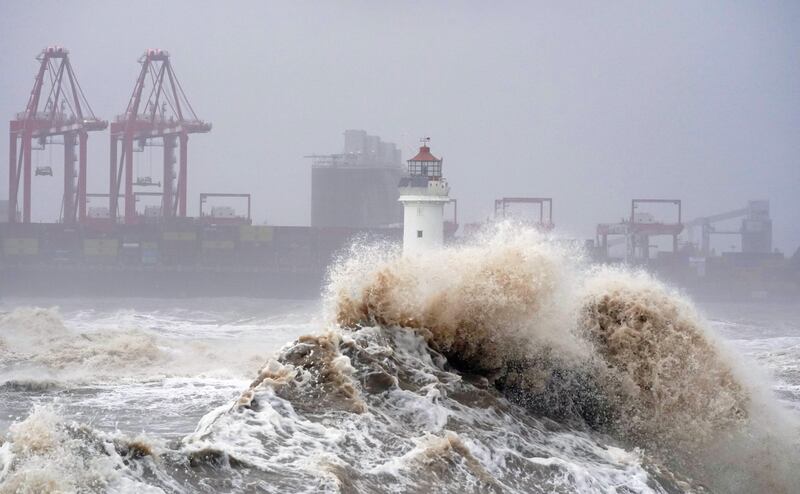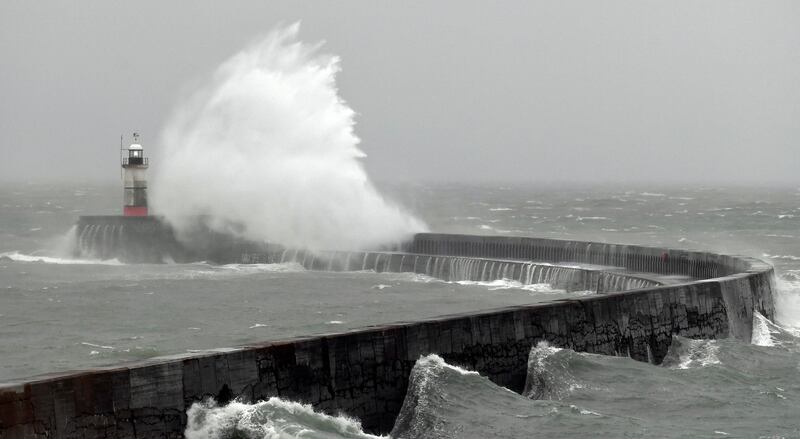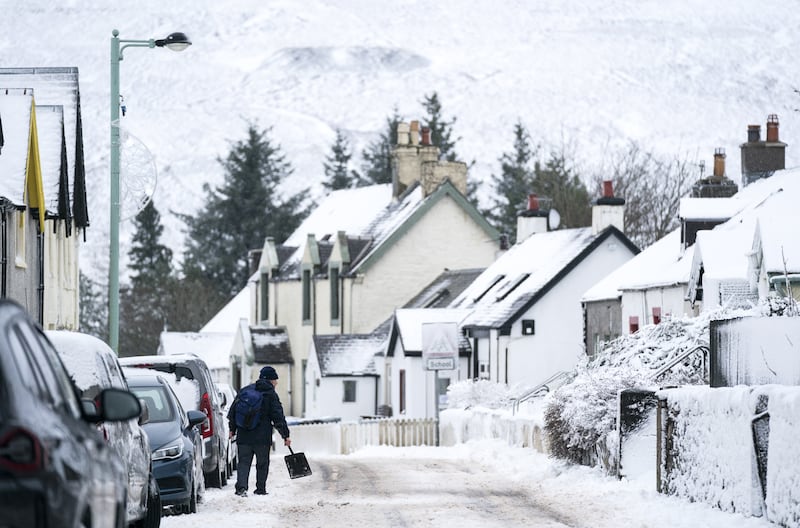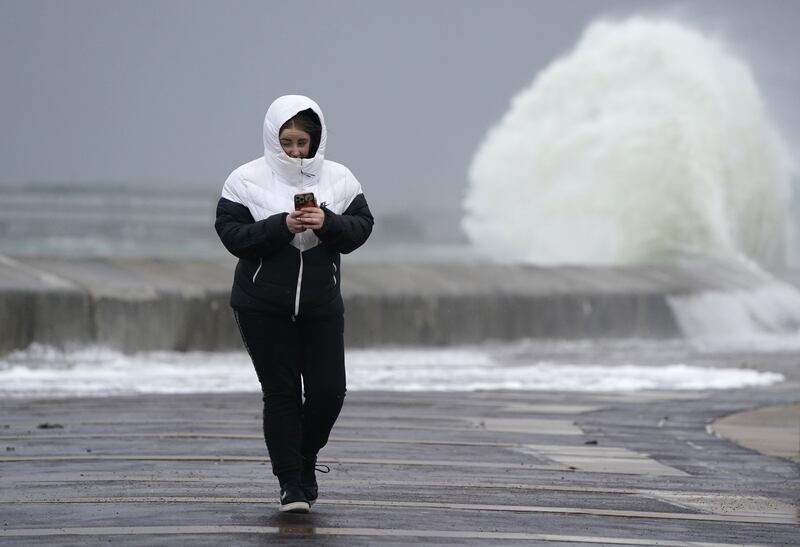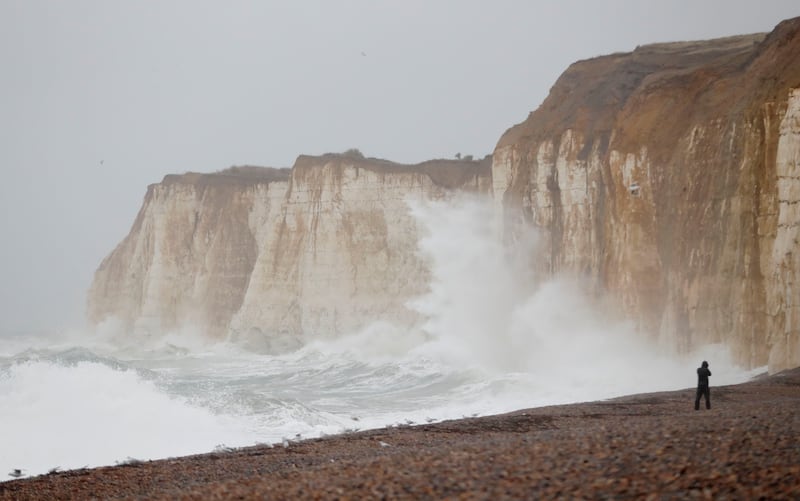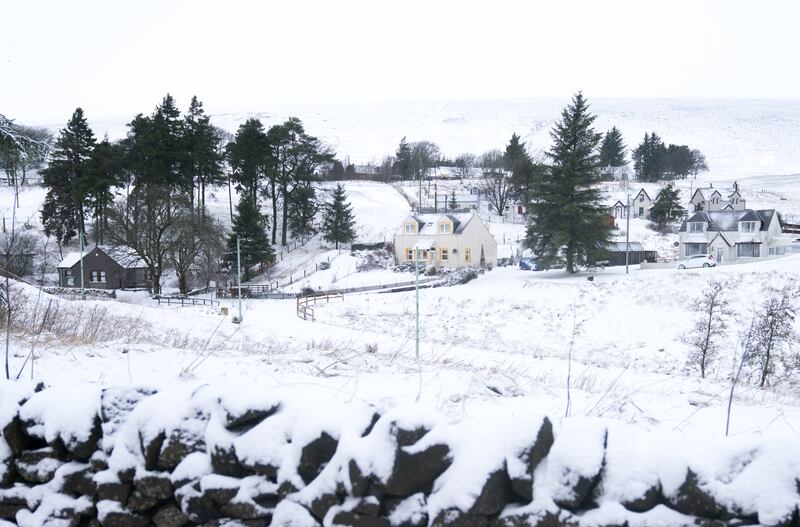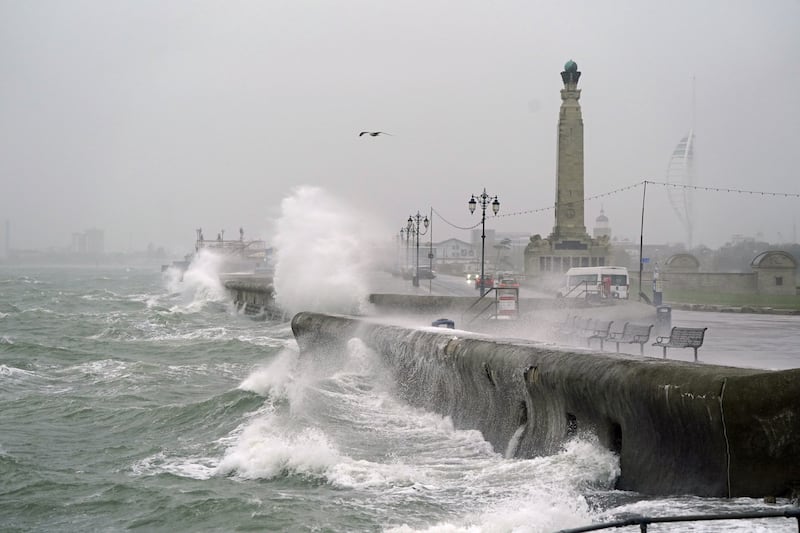Temperatures have increased in the UK in recent decades, but the effects of climate change have varied across the country, Britain's Met Office has said.
Analysis comparing two 30-year periods – 1961 to 1990 and 1991 to 2020 – reveals the average temperature of the UK has increased by 0.8°C, rain by 7.3 per cent and sunshine by 5.6 per cent.
The biggest rises in temperature have been in parts of central and eastern England, where areas such as Bedfordshire and Leicestershire have had average conditions warm by more than 1°C, while Scotland and Northern Ireland have risen by about 0.7°C.
Higher temperatures are being felt further north, so Hull has been warmer on average between 1991 and 2020 than Heathrow, west London, was in the previous 30 years.
Average temperatures that were previously limited to London and parts of the far south of England are now being felt as much as 250 kilometres farther north, Met Office experts said.
Conditions have also become wetter, with average rainfall increasing by more than 10% between the two periods across a large part of Scotland, and parts of south-west England, Wales and Northern Ireland.
Argyll and Bute has seen average annual rainfall increase by more than 200 millimetres, the biggest increase by volume, while South Yorkshire saw the smallest rise, of just more than 14mm a year.
The number of rainy days, when 1mm or more is recorded, has increased by an average of 5.6 days.
The biggest increases were in Scotland, with Glasgow recording an extra 12 days with rain on average, compared with only one day in Cambridgeshire.
North-east and eastern England had the greatest annual increase in sunshine, with a rise of more than 13 per cent, while the number of days of air frost, when the air temperature drops below 0°C, has reduced by 11.1 days on average.
The 30-year “averaging” periods are used as a benchmark against which observational records of weather and climate can be compared, and which can be used as context for future climate projections.
“The publication of climate data from the latest 30-year period is a perfect opportunity to describe some of the changes taking place in UK climate over the last six decades," said Mark McCarthy, head of the Met Office National Climate Information Centre, which manages the UK’s climate records.
“The result of human-induced climate change in the UK is that higher temperatures are felt further north than they used to be.
“Examining the pattern of climate change across the UK reveals an interesting pattern of regional variation. Over the periods, rainfall has generally increased, with the greatest increases in the north and west.
“Average temperature has increased most in inland counties to the north of London, while sunshine has increased most in the north-east of England.
“Much of what we are seeing at a local scale fits the national and international picture.
“It has long been known that the atmosphere has been warming … a reduction in days of air frost can also be anticipated in a warming climate.”
